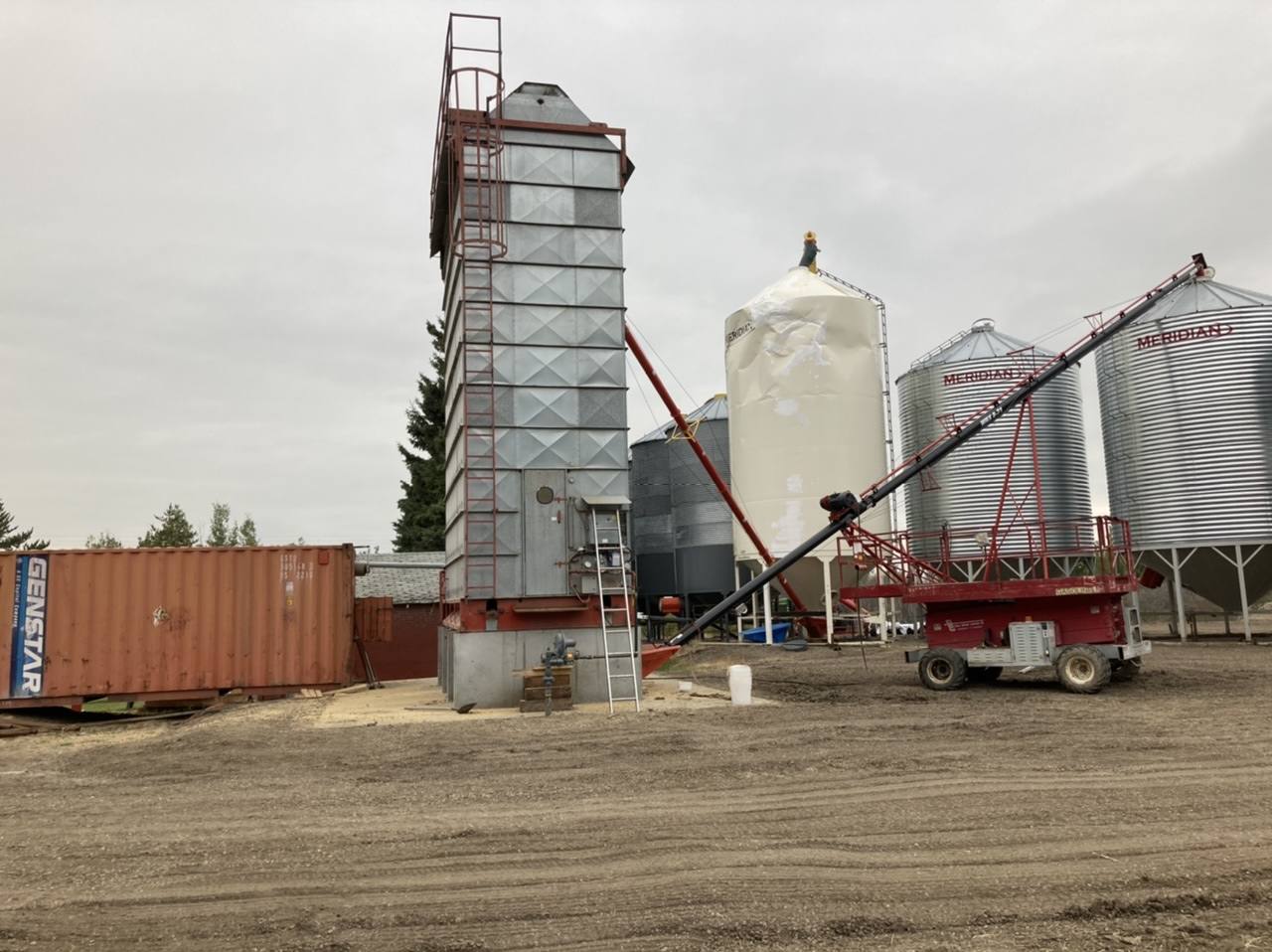Originally posted by jazz
View Post
Barley seeded late April to May 14 yielded 3 to 10 bpa with lots of thin kernels.
Barley next to it seeded late may and early june went 30 to 35 and nice big heavy sample.
Extra 20bpa X $8.50+$170 an acre. Or extra 30 x $8.5=$225 or a much smaller or $0 contract buyout cheque!!!
The last 3 years with frosts until mid May burnoff has been poor, some fields have had to be sprayed twice incrop and the weeds still caused significant yield loss.
Next year it could freeze hard Aug 1st and seeding April 24 will be the winner??

Comment